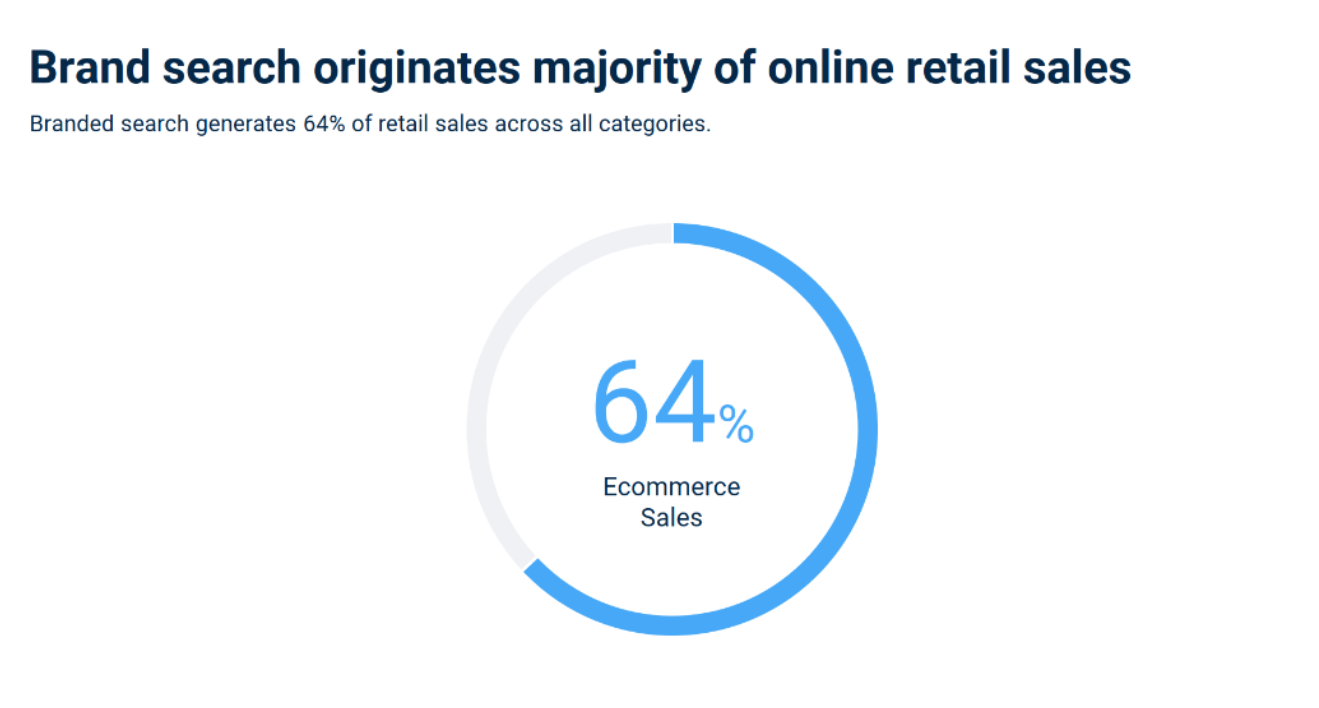This post was created as a guest blog for RetailX, with insights from our partners at Howard Miller and Ariat International.
As the online consumer journey becomes more complex, and with low barriers for marketplace entry, we are seeing a wave of new competitors the space. Maintaining your category share of this endless digital shelf can pose a challenge, particularly with increased competition that your brand may or may not recognize.
What is the Digital Shelf?
There’s been increased discussion around the digital shelf, described by our partners at Salsify as the collection of diverse and rapidly evolving digital touchpoints used by shoppers to engage with brands. Essentially, the digital shelf is where consumers go online to browse, research, and purchase, much like a traditional brick-and-mortar retail shelf.
Similar to the in-store physical shelf, the digital shelf is where brands can create and control their items with developed product content, including product variations, images, videos, detailed descriptions or dimensions, pricing, and reviews.
For most brands, the primary digital shelf resides on the search results page. And to win in this ever-evolving digital world, you need to fully understand your category, consumer, and all your competitors to take control of your share and win for brand, competitive and generic terms.
The Power of Search and Competitive Advantage
If you’re missing the mark in search, that’s a sure-fire way to know that a competitor is gaining advantage in your category. By monitoring the share of search of all brands in your market, both big-name, and emerging brands, you’ll be able to identify who is gaining momentum, why they’re getting ahead, and how to proactively plan counteractions.
However, brands must also recognize what drives consumer purchasing behavior. Understanding the power of search and the importance of brand advocacy will defend your brand against the threat of incoming emerging (and often unknown) brands.
In many cases, brands aren’t aware or don’t fully understand the impact of private label or emerging brands competing and owning marketplaces such as Amazon or Walmart.com. In a recent report from Stackline, they reported that 64% of online retail sales starts with branded search terms. For example, 64% of the time a customer goes to Amazon and searches for their well-known favorite denim jean brand, Levis jeans.
Well, what happens for the other 36% of the time? In this scenario, the consumer is simply looking for more generic terms such as “denim jeans”.

Amazon has stated that their own private label products make up just about 1% of its total sales, although when looking at specific categories, that statistic is much higher – softlines (which includes clothing) makes up to 9% of sales, which only increased throughout 2020.
Winning Share of Shelf for Generic Terms
When reviewing category share of shelf results, there may be many unfamiliar names who are not in any other channels outside of eCommerce or Amazon. They are, however, taking share from pure play brands and many times are competing solely on price rather than quality or brand recognition. They likely have a very narrow catalog that rarely changes and have less overhead than traditional brands. In that scenario, they have 100% control over buy box pricing and content and can invest more margin into their advertising efforts. Our partners at Howard Miller and Ariat have identified methods below of winning share of shelf that have proven beneficial for their categories.
- Merchandising Strategy: When targeting a consumer searching by generic or competitive keywords, optimizing content that generalizes the features and core styles whose detail pages truly give the consumer a sense of the brand.
- Consistent Monitoring: Regularly monitoring eCommerce trends, optimizing content & campaigns to adjust for underperforming keywords to maintain search position.
- Internal Complexities: Educating internal teams to gain leadership buy-in and understanding the growing competitor landscape, beyond the traditional large-name retailers.
- Competitor Benchmarks & Sales Channels: Use ASIN competitor data to determine and target specific products.
With the increasing complexities of eCommerce, the power of search, understanding the competitive landscape and consumer behavior is key. Schedule a consultation with our team if you’re interested in learning more about how we can help you capture your share of the digital shelf.








.png)
.png)
